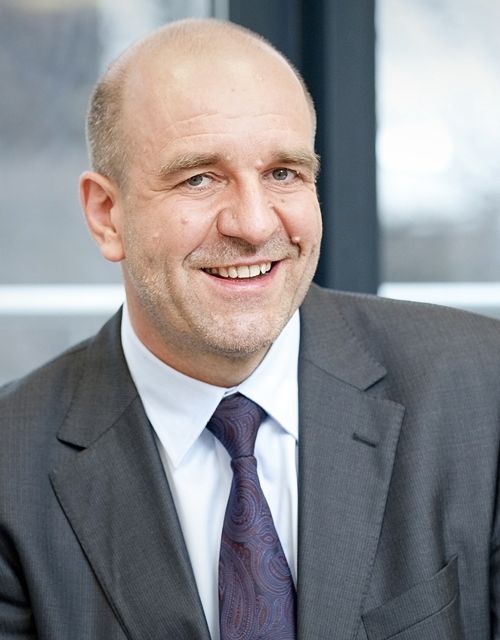Wojciech Zieliński, the president of the board at MakoLab: I look at this issue from the point of view of the tenants, who we work for most. They are extending the traditional forms of sales with the virtual approach. In this case omni-channel is a combination of the traditional sales channel in a brick and mortar shop and an online presence. I mean not only online stores, but also social media and, importantly, smartphone applications. Everything that makes marketing activities possible and keeps you in touch with the customer. Tenants’ activities are mostly aimed at identifying and keeping the customer, and thus to stay constantly in touch with them. Hence the popularity of mobile applications. Thanks to such activities a brand can send personalised offers. On top of that there are systems that combine the various forms of ordering: in a brick and mortar shop with home delivery – or the other way round, an online order that can be picked up from a selected outlet. New so































































